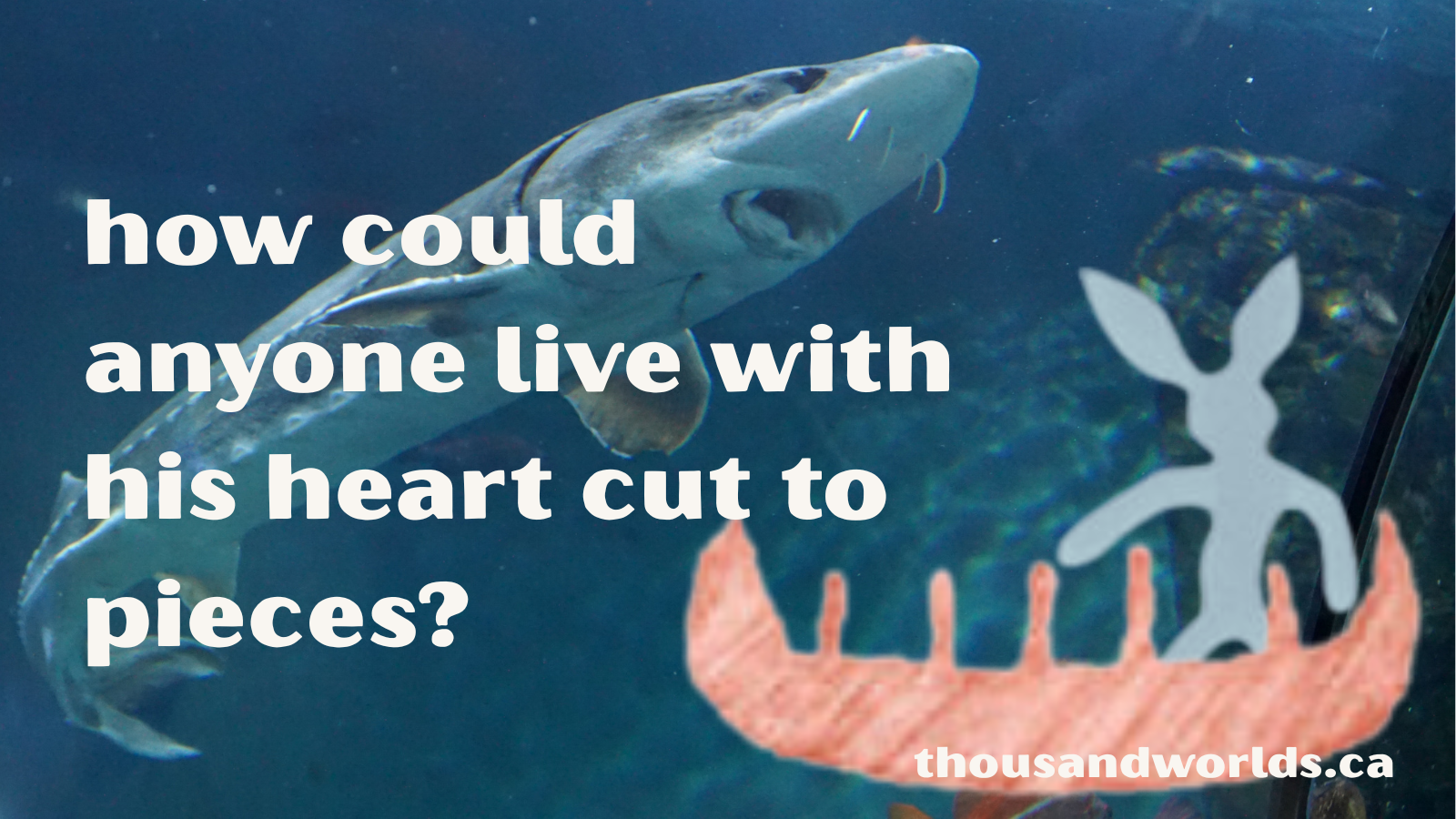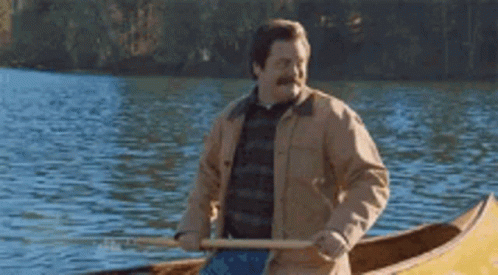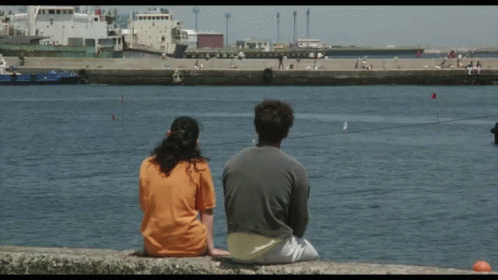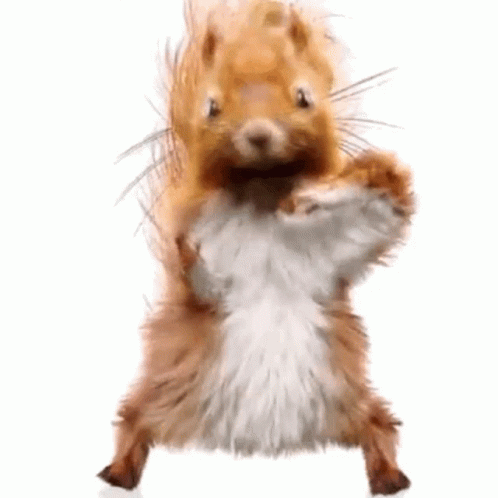how could anyone live with his heart cut to pieces?

This is a line from Jones' telling of the time Nanaboozho got swallowed by a Giant Sturgeon, and it comes right after Nanaboozho kills the Sturgeon by chopping up its heart from the inside. It's the most poignant of lines, containing a multitude of stories about the ways that our ancestors' generosity was abused. The settlers, the wemitigoozhiwag who came from across oceans, found themselves within our communities and chopped our hearts to pieces taking our children, our land. They chopped up our stories and our medicines, telling us that our stories were myths and our medicines were witchcraft, disconnecting us from ancestors and spirit.
How could anyone live with their heart cut to pieces?
And yet we did. We do. Because at the end of the story Nanaboozho cut that whole Sturgeon up into little pieces, just as colonial governments and their agents have cut us up, destroying communities so that they could destroy the individuals, picking us off one by one. But the Sturgeon lives on, Nanaboozho did not entirely destroy it. Those pieces became fish and those fish filled the sea. Smaller perhaps, but alive.
Like most Ojibwe stories, this week's story is about a lot of things that can be read a lot of ways. The Sturgeon is also the enemy we are trying to destroy, the colonial system that can only be destroyed from within because there is no outside, so we chop up its heart. We can make it small: a world of trade instead of a world of owners. This story is about working together, how some things got named, and putting relationships back together.
Not that there is any record of Nanaboozho and Nokomis talking things through, there is no right answer to what Nanaboozho did. There is no explanation to ease the pain of it, nothing wiin can say that will make it right or understandable. We often do that with our kids or friends, asking them "why did you do that?" And I don't know why we do that. Because there's no right answer they can give us. Maybe we're trying to understand them, maybe we're trying to help them think through their own actions, but it really does seem like the wrong question. I don't know what the right question is. Maybe there isn't one. When I was a social worker I was taught to ask "help me understand" because most of the time people do things that make sense to them and if you can understand their reasoning you can help them plan for different outcomes, but in this case even that seems inadequate and pointless. Maybe it is enough to just keep living together knowing that some harms can't be undone or explained and sometimes relationships are more important than the answers to impossible questions.
Besides, I think the way that Nanaboozho breaks the silence does help us to understand.
Before we go further, hello to new members! Paid subscribers help keep the lights on, but everyone can expand my audience by sharing this post through email or on social media.
This week we're considering William Jones' story Nanabushu Swallowed by the Sturgeon. Isaac Murdoch tells it in The Trail of Nenaboozho where it is part of the story of how Nmepin (wild ginger) Got Its Name. Dorothy M Reid tells a version in Tales of Nanabozho. Grace Lee Nute mentions it very briefly, just mentioning its existence really and not sharing anything about it, in her book about Lake Superior. As always, these are just personal reflections, they are not meant to be seen as an authoritative statement on what these stories mean, as if there was a singular meaning. Which there isn't. I reflect on these stories to put them into conversation with your own, not to try and convert you to the religion of the Anishinaabe. Please do NOT read this as a justification for staying in an abusive relationship.

Last week we left Nanaboozho and Nokomis sitting morosely, their hearts cut to pieces, without anything to say to each other. After some time, Nanaboozho decides to break the silence by asking her about wiin's family.
Am I the only one?
Are we all alone?
Did I never have a mother?
I worked in Child Welfare and these questions are heartbreakingly familiar, particularly from children who were raised in white families although this is not the case with Nanaboozho. But wiin isn't really like the other kids. And neither is Nokomis. She's not like the other grandmas. They are not from here, wherever here is. Nokomis came from skyworld. Wenona, her daughter, is the result of her relationship with a shape shifting bear. Nanaboozho is the child of a manitou, the West Wind. So these are fair questions, and Nokomis does not point to the community around them for the answers, telling wiin about chosen family, forever family. Instead, she sighs. Probably makes a cup of tea, and sits herself down to talk to her grandchild.
After a long while, Jones says, Nokomis told Nanaboozho the story of wiin's birth. There were some people, she says, but over time they passed away including those you would call your parents and your elder brother too. After your elder brother was born, "that which is the last to come when one is born was thrown away, for it is called a place-for-the-babe-to-rest-its-head." From that source you came. It was taken somewhere and hung up, and after a while I heard you crying, so I found you, brought you home, and raised you. She tells Nanaboozho that wiin's mother had raised Nana-patam, wiin's older brother, and that she hadn't said anything because she wanted to protect wiin. *
Upon hearing this Nanaboozho decides to go to war. Wiin tells Nokomis, I'm going to find those who killed my parents and find my elder brother. Nokomis tries to talk wiin out of it but by now you surely know how Nanaboozho is once wiin has set wiin's mind to something. There's some drama with the ax while wiin makes weapons, the whetstone seeming to taunt wiin with each pass of the blade. You know how rythmic background noises sometimes sound like they're saying something, repeating it over and over? It's maddening. Nanaboozho smashes the axe with the rock to make it stop.

Armed and ready, Nanaboozho launches wiin's canoe into the water with Nokomis' warnings lingering in wiin's mind. Be careful my grandchild, somewhere you will bring harm upon yourself. No, my grandmother wiin says, I'll be back. When Nanaboozho gets to the middle of the great inland sea, wiin summons the Sturgeon. Jones doesn't explain why Nanaboozho summons the Sturgeon, singing and taunting to get it's attention, but Dorothy Reid tells us that this Sturgeon had been harassing animals and people around this lake. Murdoch goes further, this Sturgeon was eating people who paddled across the lake and they would walk around it to avoid being eaten.
Unless a particular story specifies otherwise, they likely take place around Lake Superior because that is where Jones, Reid, and others collected the stories from. So, to give you a sense of what that detour to avoid being eaten would have been like: a few years ago a bridge on the Trans Canada highway failed outside Nipigon and the only available detour took people around Lake Superior, adding 12 hours (and two border crossings) to their trip. According to Google Maps, that's a 20 day walk, assuming that you sleep at night and don't just keep walking. Helping the people by dealing with this Sturgeon is a detour of its own for Nanaboozho on this quest to find and destroy the people who destroyed wiin's family.
Once inside, Nanaboozho finds many animals trapped inside the Sturgeon, including a little squirrel. In Jones' story as well as Murdoch's Nanaboozho is alone inside the Sturgeon, but Reid's informants (the people who told her the stories) populate the Sturgeon with the animals he has been taking from the lake. Alone, or with the help of the other animals, Nanaboozho devises a plan to kill the Sturgeon from the inside and begins to prick at the Sturgeon's heart with an arrow. The Sturgeon realizes what's going on and tries to vomit wiin out, but at the last minute Nanaboozho turns the canoe sideways, wedging it in his throat and killing the Sturgeon. The Sturgeon's community had all come together to try and revive their chief, but it was not to be. Jones laments on their behalf, how could anyone live with his heart cut to pieces?

Now, a Sturgeon doesn't have scales or skin like most fish do. A Sturgeon is covered by a series of plates that are a pretty effective armour so even dead, with his heart cut to pieces, Nanaboozho and the animals are trapped inside. Nanaboozho calls out to the seagulls and asks them to peck a hole in the Sturgeon and get them out but they are like dude, have you seen a Sturgeon? To make matters worse, in Jones' version the Sturgeon's community had buried him in the sand so first Nanaboozho had to call on the winds to blow things up which they did but then wiin needed the help of the gulls. They did in fact peck a hole in the belly of the Sturgeon, freeing Nanaboozho and the animals inside and for their trouble Nanaboozho made them white and beautiful. Then Nanaboozho set about cutting up this giant Sturgeon, flinging pieces everywhere and saying now you're going to be fishes, lots and lots of little fishes.
And then wiin went home.
Meanwhile, Nokomis has been grievously sad, and when Nanaboozho announced wiinself she said "why do these animals always say this to me" and Nanaboozho was all no it's really me, I'm home. Wiin saw that she was barely able to see, realized that she had likely been weeping the whole time wiin was gone, so Nanaboozho made her younger. In another version from Jones, Nokomis was in very rough shape having had nobody to care for her while Nanaboozho was away so wiin carried her to the shore, washed her clean, and dressed her in new clothes. There is a lovely little line in there where Nanaboozho says to Nokomis just before bathing her, "my grandmother, therefore entirely all of your clothes I will strip you" which reminds me of the importance of consent in our care of each other. It's just such a gentle moment.
I don't know if I asked my mother these questions in the same way. Am I the only one? Are we alone? Do I have a father? Some variation no doubt. My maternal grandmother fell from the moon when she was 4 years old and the Russian Revolution cast her and her family into the unknown. Eventually she fled, pregnant with my mother and already a widow. Giving birth on the run and forced to leave her sick child in a hospital. Finding safety in Germany, a temporary home she could call her child into along with a second husband and second family. Traveling by boat to Canada as postwar refugees. My mother becoming a teacher and going to Umfreville where she met my father. I was born in Port Arthur, it's Thunder Bay now but my birth certificate says Port Arthur. When I was almost two we left for home.
But what is home? Not Germany or Ukraine, the land that had shaped my maternal grandparents for generations. That home was closed off for them. Nokomis never did return to the moon. Home for my maternal family was a thin mat of surface roots reaching tentatively into Niagara farmland rather than the willows along the Dneiper River with roots that drink deeply of the waters flowing past.
Am I the only one? Are we alone? Do I have a father?
I know I asked those questions in some way, maybe to myself while flipping through the pages of a photo album that stop when I was a toddler. A thin, dark man with "Roy" written beside his name holding me in some, sitting alone in others. So I'm sympathetic to Nanaboozho in this story. Like Nanaboozho's mother, my father also raised another child who I knew nothing about. When my mother left, my father stayed behind in his home and that's where I assumed he was for 25 years. I was wrong, he had moved too and had been just six hours away my entire life.
Unlike Nanaboozho, I did not set out on a quest to find my father. I found him by accident when I came across somebody who was also from that same small town and I asked if he knew whatever became of Roy. He did. So all of this to say that I completely get Nanaboozho's insistence on asking these questions as well as wiin's singlemindedness once wiin had the answer. You might think that Nanaboozho choosing to break the silence between them with this particular set of questions is selfish or perhaps just not the right time, but there is never a good time for these kind of questions and it is a reaching towards relationship.

Nokomis was the one with the answers Nanaboozho needed, the questions having bubbled and simmered below the surface for years no doubt. Watching other kids play, watching them have siblings, parents, grandparents. Along with the questions, anger simmers. People who have experienced trauma often find themselves resenting others who have not had this experience, and unanswered questions make this simmering resentment worse. What makes you so special that this terrible thing didn't happen to you is a kind of shield against the other darker question: what's wrong with me that this terrible thing happened. Then there's, why did you do this to me. That's the anger that erupted last week, something that this week's story provides a little more context for. Like I said, Nanaboozho is not explaining why wiin acted so violently. There is no reason that would make it ok, no way to make it right. But the questions do give us some clues to what was going on. Asking the questions that have been simmering below the surface offers an opportunity for connection and a path forward.
Many caregivers, biological and otherwise, are afraid of these questions, they push them aside with platitudes or emotionally manipulative responses because they hear them like a threat or an accusation. Disparaging the absent parent(s) in subtle and not so subtle ways or becoming defensive: haven't I always taken good care of you? Am I not enough? After everything I've done, given up, cast aside ... Nokomis doesn't do this. She sighs, makes a pot of tea. Gets out the tin of cookies maybe. Procrastinating perhaps but also building a nest, a container for the conversation to come. Hard conversations are easier when your hands have something to do like warm themselves on a mug of tea or crumbling cookies on your plate. It's a kind of fidgeting like she did last week, but in the end she answers Nanaboozho's questions and wiin's response is to go.
Nanaboozho is a person of action. Wiin does not sit around thinking things through, which has its obvious downsides. And to be fair, neither did I. When I got the information about my father I did not sit on it and ponder what I should do. Now, I did not go to war. I did not start to fashion weapons but on the other hand, I hadn't been told that people had killed my parents and that's why I was alone. My weapon was my phone, which I used to call every cab company in North Bay until I found the one he worked at. And I did take that journey to North Bay to see him and my sister, but there weren't any side quests to rescue entire villages.

Which brings us to Nanaboozho and the Sturgeon. I'm not going to go into the weeds on this part, it's a pretty straightforward story and we're already close to 3500 words, but there's some interesting things in here about names. In Isaac Murdoch's telling the story is called 'How Nmepin (ginger) Got Its Name. Name is Ojibwe for Sturgeon, and inpiny is a small tuber or potato. Wild ginger is nmepin, sturgeon root, which are so called because when the other sturgeons saw what Nanaboozho was doing, poking the Sturgeon in the heart from the inside, they high tailed it for the shore where they started eating wild ginger to protect their hearts which is kinda cool because that is one of the medicinal uses for wild ginger so how about that. Be careful with it though, like most medicines you don't want to overdo it.
In Dorothy Reid's story there is a red squirrel who is part of the crew stuck inside the Sturgeon and when Nanaboozho figures out how to get them all out of there the little guy is chittering loudly and flicking his tail in excitement so Nanaboozho laughs and tells him that from this day forward he's going to be adjidimo, "tail in the air." And the only thing more adorable than an over excited red squirrel chittering away is my 3 year old grandson patiently, and then not so patiently, correcting his grandfather's pronunciation of adjidimo.

Then there's the gulls who, despite the problems of a sturgeon's plated body, figured out how to peck a hole in his gut for which they were rewarded. Dorothy Reid tells us that they were given a name, gayaashk, noble scratchers. In Jones' story he also gives them the name gayaashk, although he doesn't explain the particular significance, and then makes a point of saying that although Nanaboozho only held one gull and turned it white, they all turned white. And they were beautiful, just as the weasel was turned white or Fisher made into a star.
And yes the gulls and the weasel being turned white and beautiful does give me a little bit of the ick, but that's something we're reading into the story because racial hierarchies didn't exist in our world until Europeans brought it here. These animals were just white, and in the weasel's case that's also some pretty cool camoflage.
In the end Nanaboozho does not go to war, wiin gets distracted by a side quest and then goes home. This brings us full circle to where we ended last week and a very different sitting together.
When Nanaboozho returns home, Nokomis is in a bad way. She has been grieving since the moment that Nanaboozho left because the memory of what his anger is capable of would have been very fresh in her mind and she knew that she had given wiin another target for it. We don't take care of ourselves when we grieve. We forget to eat, to wash our face. You can't self-care yourself out of grief. You need community care and Nokomis did not have a community, all she had was Nanaboozho and he was gone. But wiin came home, and seeing the state she was in, Nanaboozho lifted her in his arms and took her to the shore of the lake. Nanaboozho told her what wiin was going to do and was gentle with her. And when he offered to feed her, she fed him instead.
*You'll remember that there is another, different story of Nanaboozho's birth that does not mention this particular brother, and in which wiin's mother dies in childbirth which sets off a different chain of events. I have no idea what this means except that different communities have different stories and we'll avoid the temptation to try and mash them together.
Boozho Ajidabmo is a children's book by Anishinaabe author Michael Lyons. It is written in Ojibwemowin with an English translation at the back of the book. The words are pronounced phonetically and you can use the Ojibwe People's Dictionary to help you with pronunciation. Obviously it's great for little Ojibwe kids learning their language, but nothing wrong with your kids hearing it even if they aren't Ojibwe.
We Will Be Jaguars by Nemonte Nenquimo and Mitch Anderson. When I was growing up the stories of Nate Saint and Jim Elliot were everywhere. They and three others went to the Amazon jungle to convert the uncontacted tribes and got speared for their trouble. Their story is told in the book Through Gates of Splendor. Elliot's wife and Saint's sister both went back to the jungle and it's a wonderful story of God's grace. Or so I thought. Until I picked up this book because I know so little about the Amazon and not very far into the book Nemonte mentions Rachel Saint. It was Nemonte's uncles and clan who had speared those missionaries. We speared the men, but the women defeated us, she writes. This memoir is not a story about missionaries as much as it is a story about the pathway that missionaries carve open for extraction industries and colonization. Not as an unintended consequence, but very deliberately. Rachel delivered the people and the land to a bible carrying oil company executive. It is also the story of organizing the tribes of the Amazon rainforest and an important legal victory over the oil companies that power our society while destroying theirs. Nemonte was swallowed by the Sturgeon, but she and her relatives along with some allies worked together and stabbed it in the heart. Learn more at Amazon Frontlines.
The Ones We Loved by Tarisai Ngangura is a love story told against the background of communities in Zimbabwe where family secrets and tragedy push She and He to escape their homes and try to build something new in the midst of their grief. The prose feels like oral storytelling, a back and forth between She and He as we learn about their lives and the power that the landowners have over the villages.
Bad Indians Book Club is like a kind and protective auntie guiding you through a sometimes hostile world with sheer wisdom and wit. It’s a resounding rallying cry for our stories and our peoples. There’s no other book club I’d want to be in!
Waubgeshig Rice, Author of Moon of the Turning Leaves
If you are as excited about Bad Indians Book Club being released as I am and would like to be part of the release crew let me know. You'll get a free copy of the book ahead of everybody else!
And don't forget to join up with the Nii'kinaaganaa Foundation. Every month we collect funds from people living on Indigenous land and redistribute them to Indigenous people and organzers. You can find out more information on the website which is now powered by ghost, which means that you can become a subscriber there just like you are here! This month in addition to the organizers we support we are trying to keep 6 people from being evicted by covering their rental arrears. Please help if you can.


